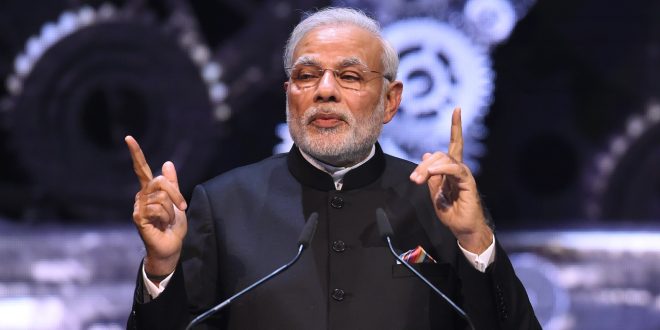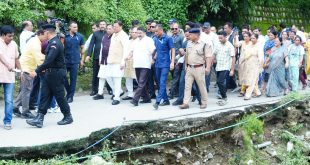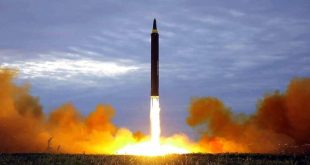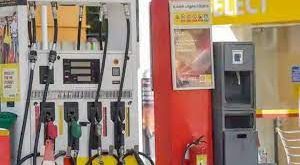As he targets a supermajority, Mr Modi is his party’s biggest draw.
His face can be found everywhere – plastered on bus stops, billboards and newspaper adverts, or addressing televised election rallies.
When India hosted the G20 summit last year, Delhi was awash with posters of him welcoming world leaders. The event is held according to a rotating presidency, but the publicity campaign made it seem as if it was due to Mr Modi’s efforts.
“Mr Modi turned it into a mega-event. In many ways, he has an understanding of what an event is about and how it should be used,” brand-building expert Santosh Desai.
Iran’s president, foreign minister and others found dead at helicopter crash site
Mr Modi and his team have an excellent understanding of branding and narrative-control – he is highly visible but rarely anywhere journalists or citizens can ask him tough questions. He has never held a press conference in India since becoming prime minister, while the interviews he gives are rare – and he is rarely challenged.
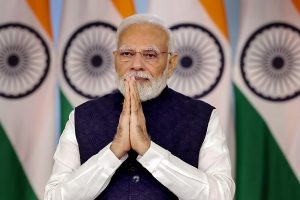
RK Upadhya, a political analyst, says to become prime minister, Mr Modi had to overcome an image of him in the media “as someone who was responsible for the Gujarat riots”. A Supreme Court-appointed panel later found no evidence that Mr Modi was complicit in the 2002 violence when he was the state’s chief minister. More than 1,000 people were killed, mostly Muslims.
And connect he does: the septuagenarian is the world’s most-followed politician on Instagram, and has 97.5 million followers on X (formerly Twitter). And it’s not just digital – he also shares his thoughts in a monthly radio programme.
Almost all of his public interactions come across as carefully choreographed. Over the past decade, he has been photographed inaugurating countless projects, meeting supporters, snorkelling, and even meditating in a cave after the 2019 election campaign.
Never one to miss an opportunity to connect with people directly, Mr Modi reached out to younger Indians recently, spending time with top gamers on camera and presenting awards to popular influencer.
“In a lot of things that Mr Modi does and which the media projects, there is a lot of symbolism involved. Where he spends every vacation, where he spends every festival – it’s with the armed forces at the border or in remote locations or with underprivileged people,” says political analyst Sandeep Shastri.
Foreign visits, including routine ones, are amplified by domestic media and celebrated at home. He addresses huge diaspora-led rallies abroad, images of which are repeatedly played on domestic TV as evidence of his global popularity. But the visits are rarely analysed by India’s mainstream media in terms of outcomes.
 Indian Thought Latest News & Views
Indian Thought Latest News & Views
